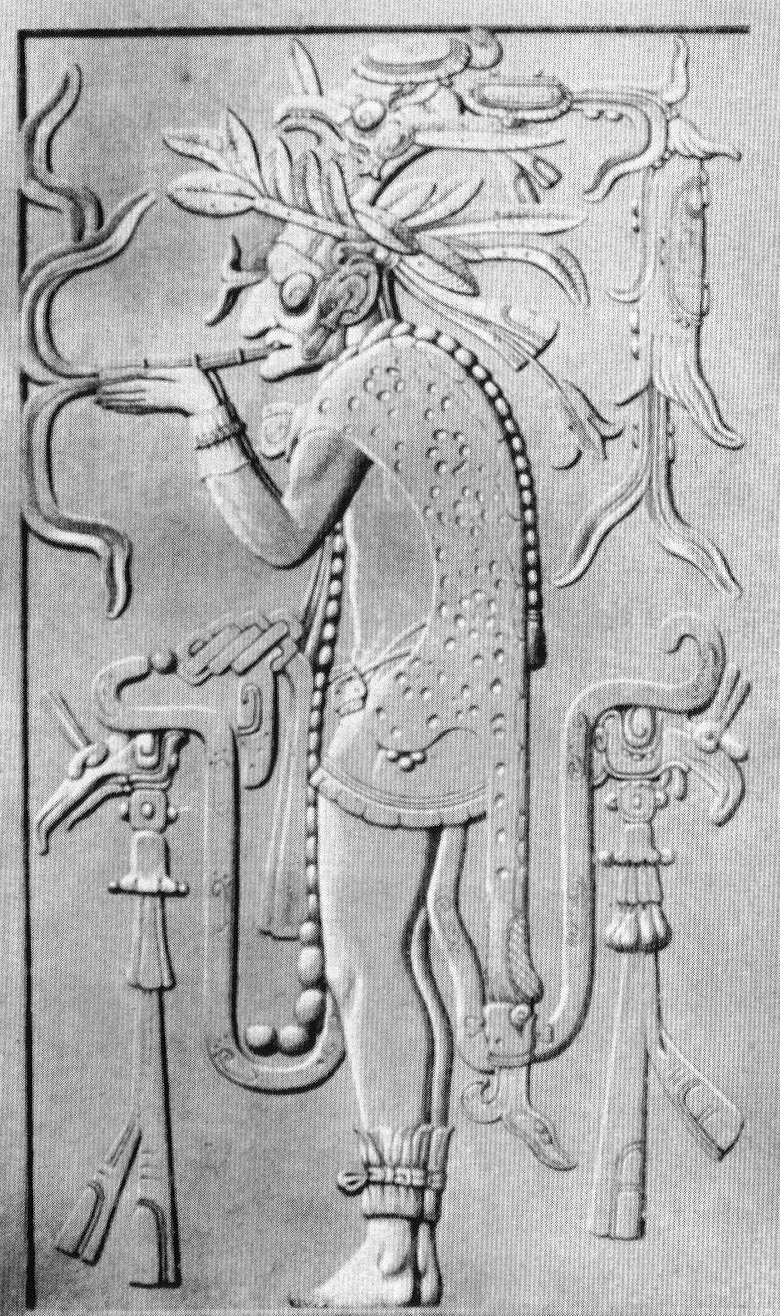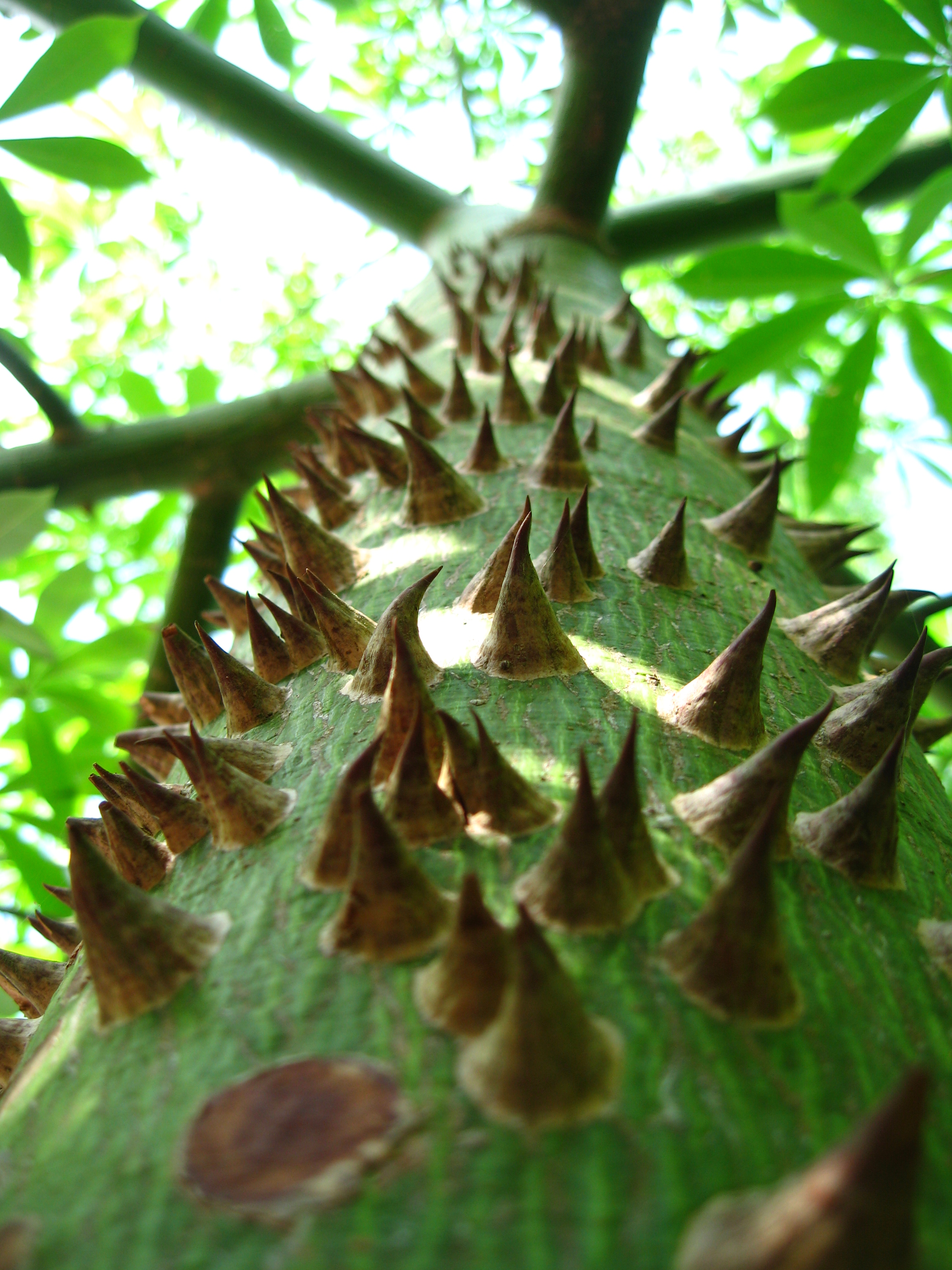Ah Canul on:
[Wikipedia]
[Google]
[Amazon]
 Ah Canul was the name of a
Ah Canul was the name of a
 For Ah Canul, the capital is Calkiní, but there was no halach uinik, the
For Ah Canul, the capital is Calkiní, but there was no halach uinik, the
 The Spaniards believed that Ah Canul would ally with them in their third attempt at conquering the Maya Kuchkabals in Yucatán. But most of the Ah Canul batabob refused, especially the batab of Calkiní.
Francisco de Montejo's nephew, joined with native provinces and allied with a company of 40 men, forced the submission of the Ah Canul who tried desperately to stop the advance of the Spaniards.
After the confrontation, the Spaniards advanced through Tenabo, Hecelchakán,
The Spaniards believed that Ah Canul would ally with them in their third attempt at conquering the Maya Kuchkabals in Yucatán. But most of the Ah Canul batabob refused, especially the batab of Calkiní.
Francisco de Montejo's nephew, joined with native provinces and allied with a company of 40 men, forced the submission of the Ah Canul who tried desperately to stop the advance of the Spaniards.
After the confrontation, the Spaniards advanced through Tenabo, Hecelchakán,
 Ah Canul was the name of a
Ah Canul was the name of a Maya
Maya may refer to:
Ethnic groups
* Maya peoples, of southern Mexico and northern Central America
** Maya civilization, the historical civilization of the Maya peoples
** Mayan languages, the languages of the Maya peoples
* Maya (East Africa), a p ...
Kuchkabal
A ( , , 'province,' 'state,' 'polity') was a system of social and political organisation common to Maya polities of the Yucatán Peninsula, in the Maya Lowlands, during the Mesoamerican_chronology#Postclassic_Period, Mesoamerican Postclas ...
of the northwest Yucatán Peninsula
The Yucatán Peninsula ( , ; ) is a large peninsula in southeast Mexico and adjacent portions of Belize and Guatemala. The peninsula extends towards the northeast, separating the Gulf of Mexico to the north and west of the peninsula from the C ...
, before the arrival of the Spanish conquistador
Conquistadors (, ) or conquistadores (; ; ) were Spanish and Portuguese colonizers who explored, traded with and colonized parts of the Americas, Africa, Oceania and Asia during the Age of Discovery. Sailing beyond the Iberian Peninsula, the ...
s in the 16th century.
Origin of name
Ah Canul literally means "protector", derived from the verb ''canan'' which means to guard or protect.Organization
After the destruction of Mayapan (1441 – 1461), in the peninsula of Yucatán, the Maya great rivalries were created, and 16 or 17 were formed jurisdictions Kuchkabal separate calls. In each there was a Kuchkabal Halach Uinik (man made, man command), which had the highest military, judicial, and political authority, who lived in a major city considered the capital of the Kuchkabal. Each kuchkabal was divided into several municipalities or batabilob (plural of batalib) which were governed by a batab. The batabob (plural of batab) obeyed theHalach Uinik
Halach uinik or halach uinic (Yucatec Maya:'real man') was the name given to the supreme ruler, overlord or chief, as they were called in the colonial period of a Maya ''kuchkabal''.
Most ''kuchkabal'' were run by a halach uinik, who ruled on beh ...
and were often in their families. Each batabil was divided into several kuchkteel or residential units. This kind of small council resided in a village and was divided into extended families. Their representatives met to resolve important issues and the batab also part in these meetings, each batabil councils was composed of representatives of families or lineages called ah k'ul (delegate) and representatives appointed by the batab ah kuch called kob.
The halach uinik was the high priest of each kuchkabal. Next in the religious command Ah K'in May, after the regular priests k'in ah, ah nakom sacrificers, the chilam prophets and priests of lower rank: chako'ob.
The halach uinik was the highest military authority and appointed a captain named nacom, who coordinated the batabob also had a high military rank.
 For Ah Canul, the capital is Calkiní, but there was no halach uinik, the
For Ah Canul, the capital is Calkiní, but there was no halach uinik, the Kuchkabal
A ( , , 'province,' 'state,' 'polity') was a system of social and political organisation common to Maya polities of the Yucatán Peninsula, in the Maya Lowlands, during the Mesoamerican_chronology#Postclassic_Period, Mesoamerican Postclas ...
of Ah Canul instead the Batabob had a senate. This senate was held under a Ceiba tree considered sacred, and is thus reached a consensus on the future of their communities.Universidad Autónoma de Yucatán “Mayas, La Sociedad"
History
The end of The League
Shortly after the arrival of the Ah Canul, there was a civil war between Cocomes andTutul-Xiu
Tutul-Xiu (), also Tutul Xiues or Mani, was the name of a Mayan chiefdom of the central Yucatán Peninsula with capital in Maní, before the arrival of the Spanish conquistadors in the sixteenth century.
Earlier history
In later accounts the ...
two groups of people in The League of Mayapan
The League of Mayapan ( Yucatec: Luub Mayapan Maya glyphs: ) was a confederation of Maya states in the Postclassic period of Mesoamerica on the Yucatan Peninsula.
The main members of the league were the Itza, the Tutul-Xiu, Mayapan, and U ...
. Even with the help of Canul family, the country was destroyed by the armies of Xupan Ah Xiu, great lord of Uxmal, who was given the task of assassinating the royal family of the Cocom. Only one of the Cocom who was in Honduras survived and founded Tibolón in Sotuta.
Large cities were abandoned and the provinces in the league became independent Kuchkabal
A ( , , 'province,' 'state,' 'polity') was a system of social and political organisation common to Maya polities of the Yucatán Peninsula, in the Maya Lowlands, during the Mesoamerican_chronology#Postclassic_Period, Mesoamerican Postclas ...
s.
After the debacle of Mayapan, the Canul guards began to move westwards, specifically Region Camino Real, apparently the lineage Canche accompanied the Canul.
Founding of Ah Canul
The League of Mayapan was destroyed between 1441 and 1461. Ah Canul was divided into eight batabilob. The Batabob ruling them were * Ah Tzab Canul * Ah Dzun Canul * Ah Kin Canul * Ah Paal Canul ó Ah Pa Canul * Ah Sulim Canul * Ah Chacah Canul * Ix Pacab Canul ó Ix Copacab Canul * Nah Bich Canul In 1443 they gathered under a Ceiba tree in Calkini were they agreed to form aKuchkabal
A ( , , 'province,' 'state,' 'polity') was a system of social and political organisation common to Maya polities of the Yucatán Peninsula, in the Maya Lowlands, during the Mesoamerican_chronology#Postclassic_Period, Mesoamerican Postclas ...
. They made Ah Tzab Canul the oldest of them their Halach Uinik
Halach uinik or halach uinic (Yucatec Maya:'real man') was the name given to the supreme ruler, overlord or chief, as they were called in the colonial period of a Maya ''kuchkabal''.
Most ''kuchkabal'' were run by a halach uinik, who ruled on beh ...
(Ruler), but after he died the Batabob formed a senate instead of electing a new Halach Uinik.
Conquest
Calkiní
Calkiní (Yucatec Maya: "throat of the sun") is a city in the Mexico, Mexican mexican state, state of Campeche. It is situated at the northern tip of the state, on the central western coast the Yucatán Peninsula. It serves as the municipal seat ...
, Tuchicán, and Maxcanú
Maxcanú is a large town in the western part of the Mexican state of Yucatán; it also functions as the seat for the Maxcanú Municipality. It is located on Federal Highway 180, approximately south of Mérida.
The ancient Maya site of Oxk ...
.
The Spaniards stopped at Tenabo and Calkiní to reorganize and supply its military forces, as in Pocboc the Palm Sunday of 1541 had a major problem, his camp was burned and lost their supplies, clothing and ammunition.
Economy
Before the arrival of the Spanish conquistadors, theMaya civilization
The Maya civilization () was a Mesoamerican civilization that existed from antiquity to the early modern period. It is known by its ancient temples and glyphs (script). The Maya script is the most sophisticated and highly developed writin ...
had a strong commercial and maritime activity. Whereas some Kuchkabals produced cocoa, others produced salt, in the case of Ah Canul, the product which was produced was cotton.
After conquering the entire northern and southern coast Ah Canul was a major producing region of salt, which paid tribute under the regime of the parcels.
References
{{Reflist Mayan chiefdoms of the Yucatán Peninsula 1541 disestablishments in North America 16th-century disestablishments in the Maya civilization 1443 establishments in North America 15th-century establishments in the Maya civilization